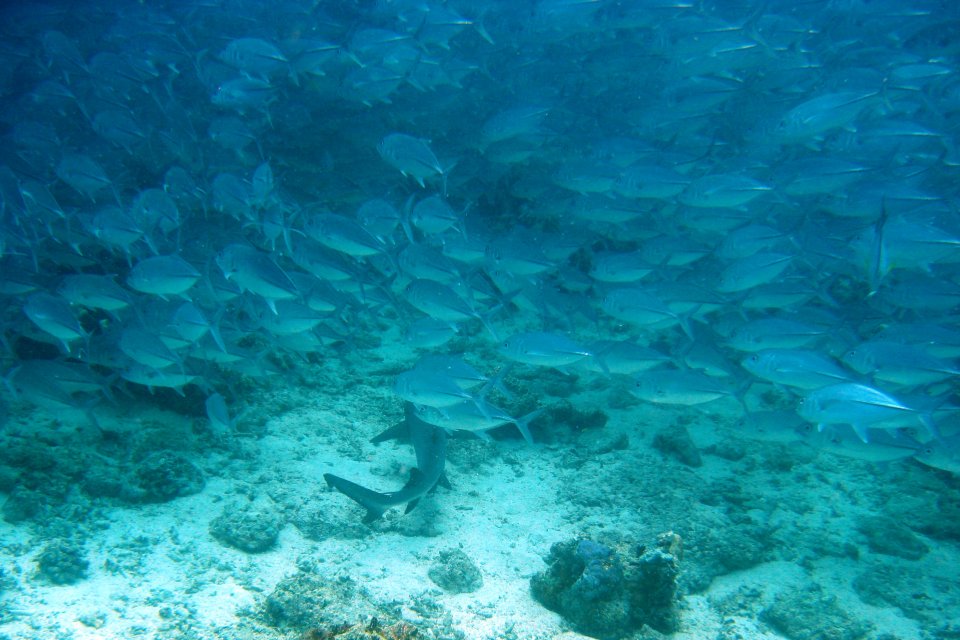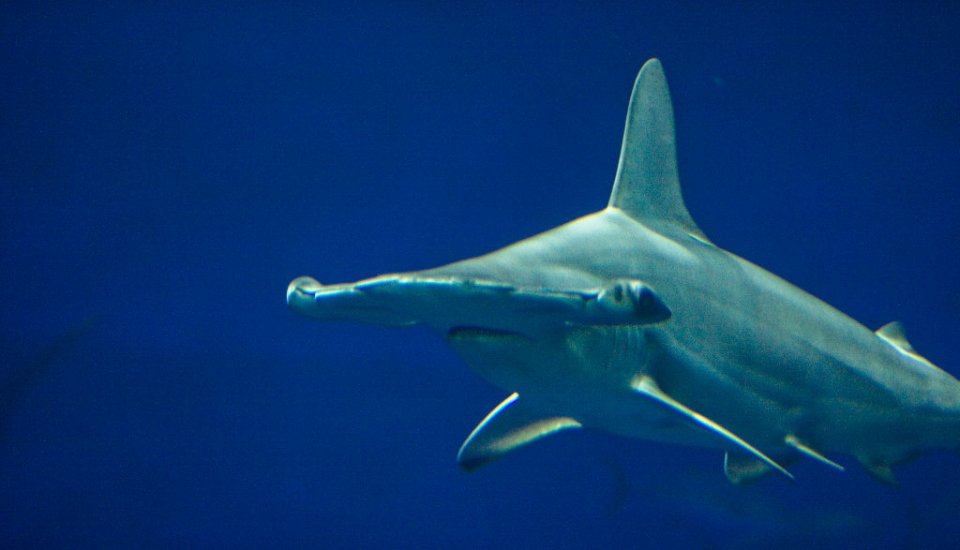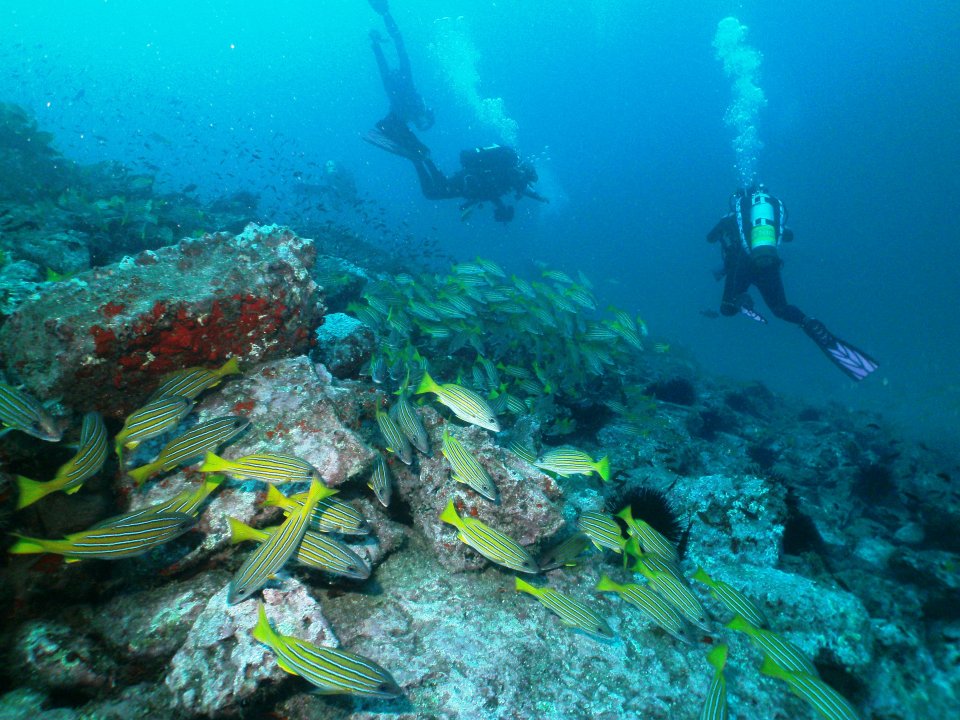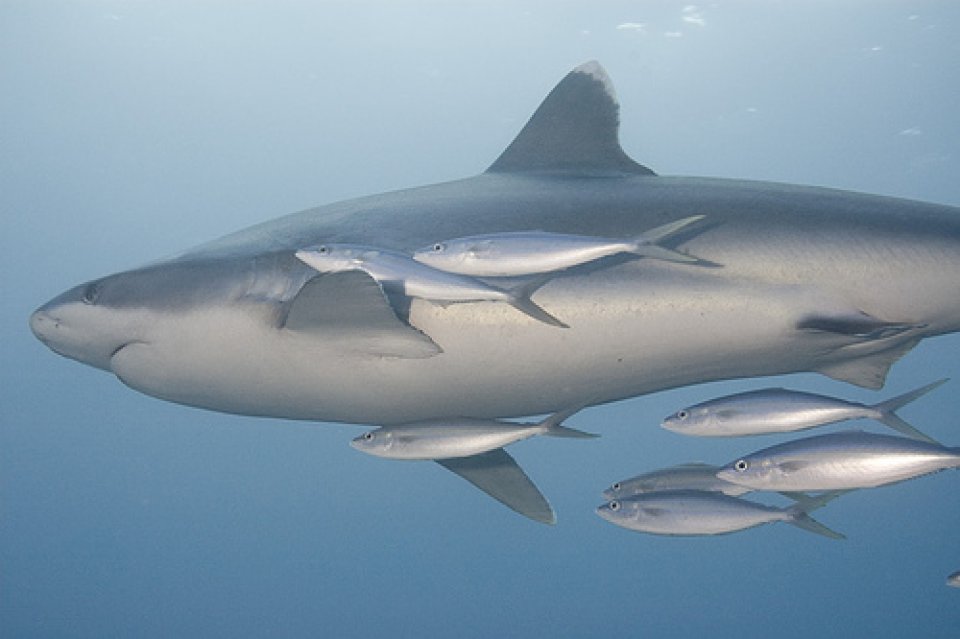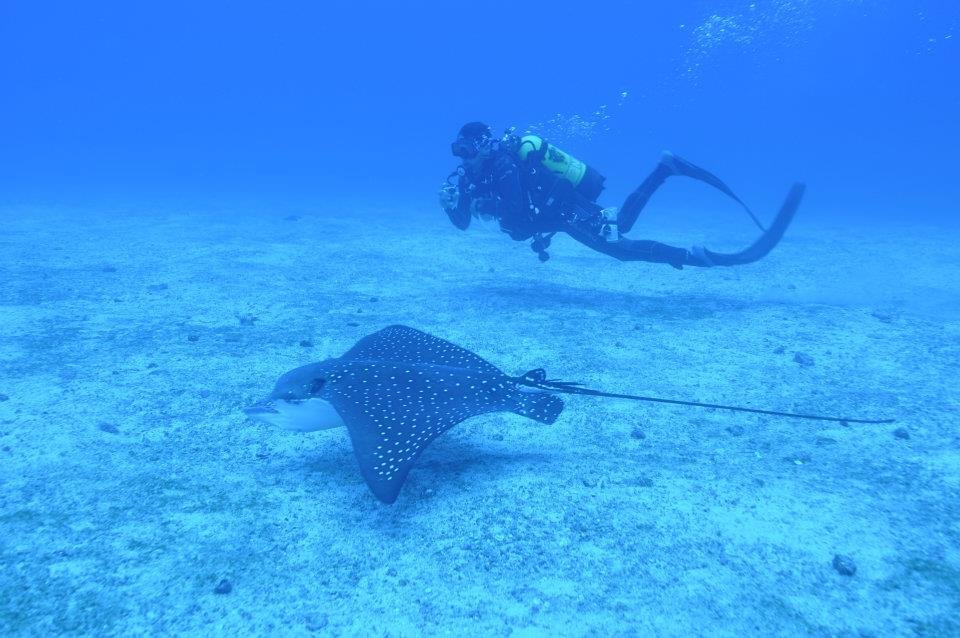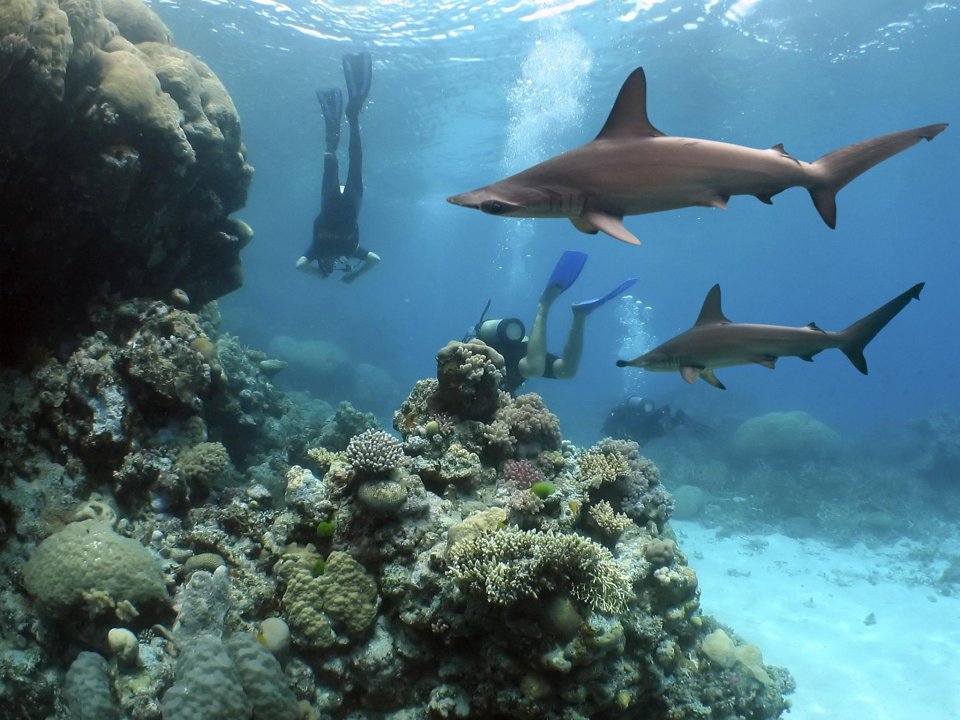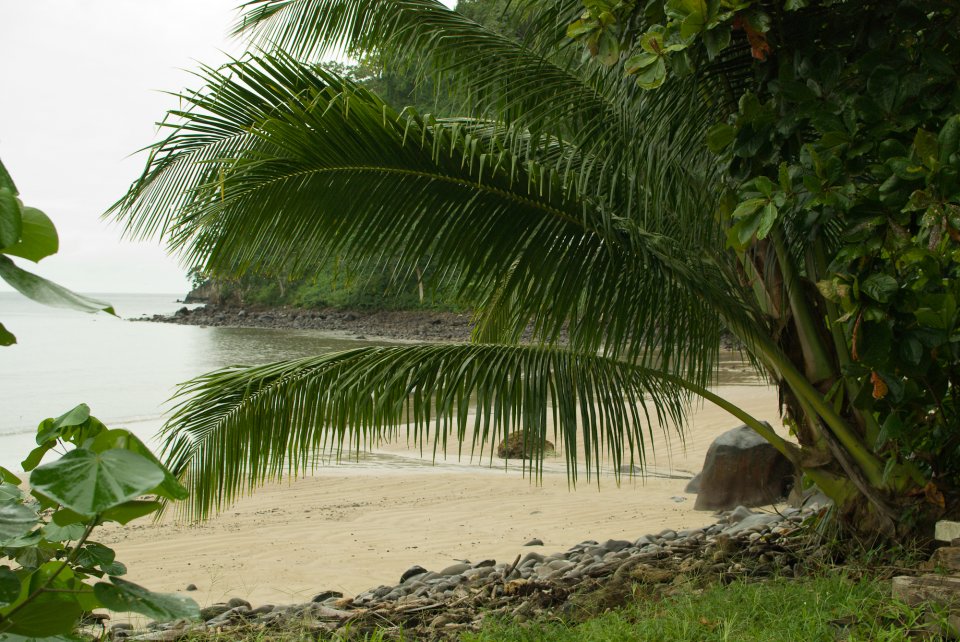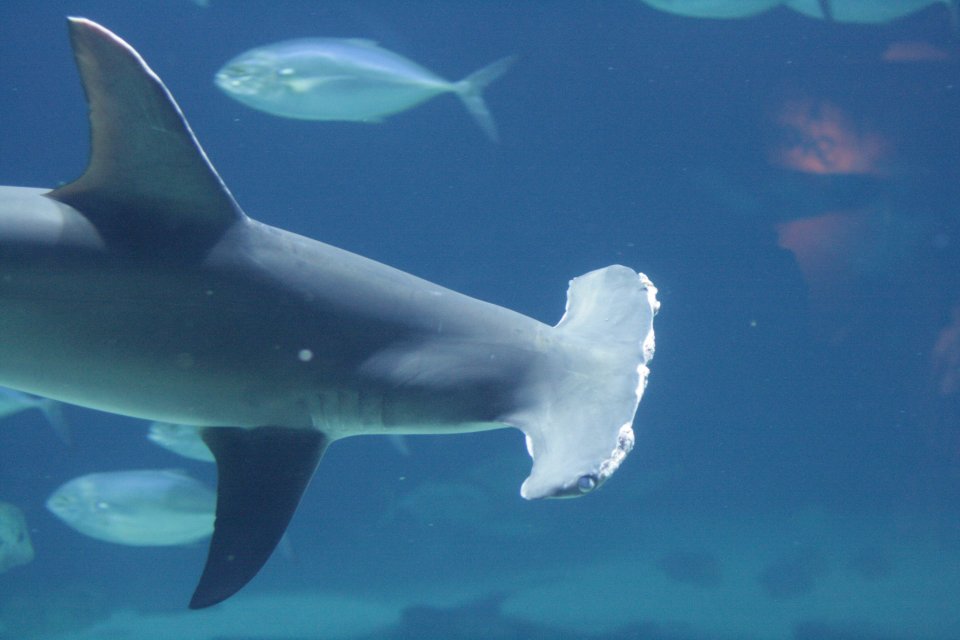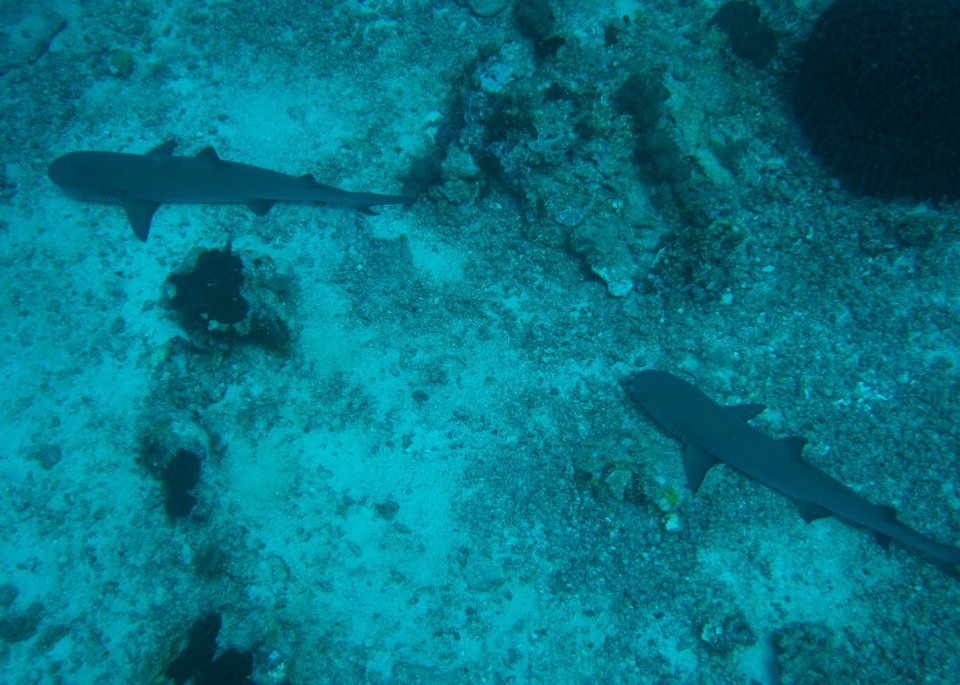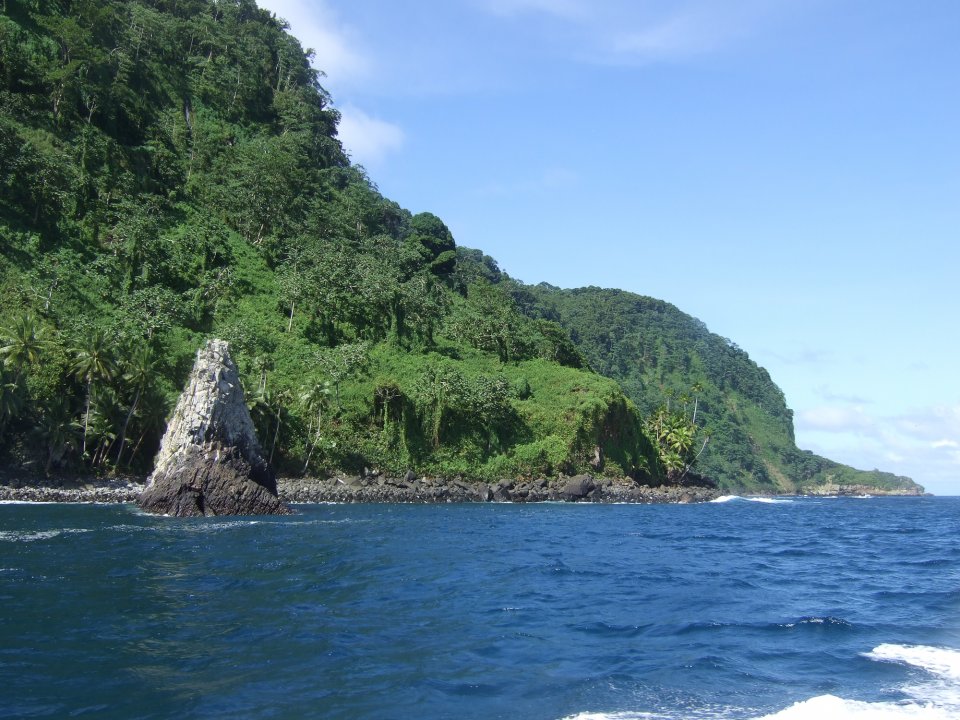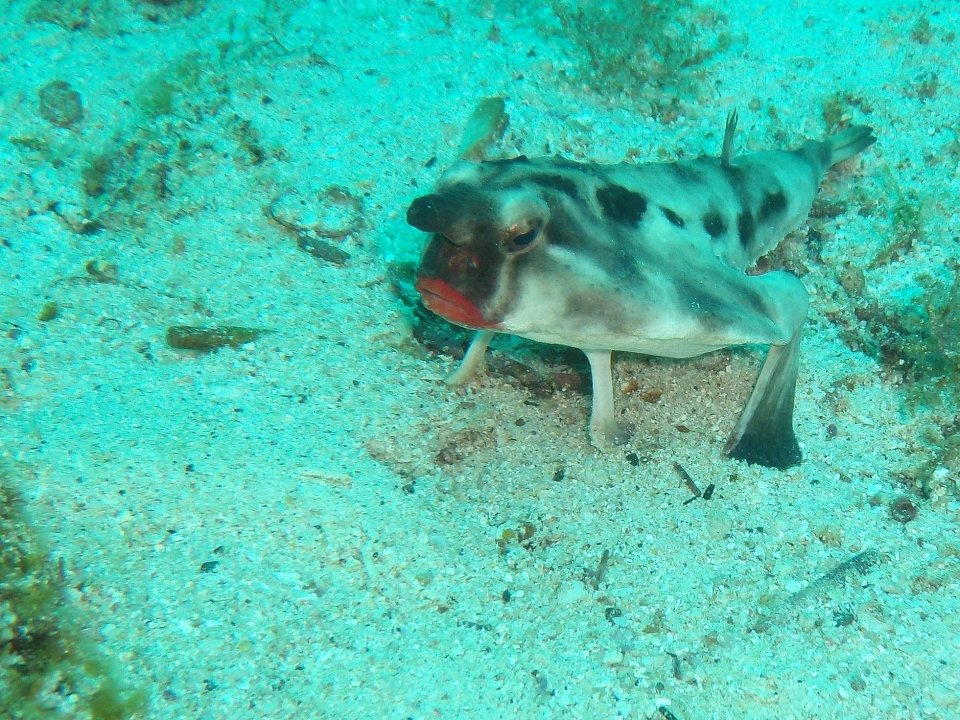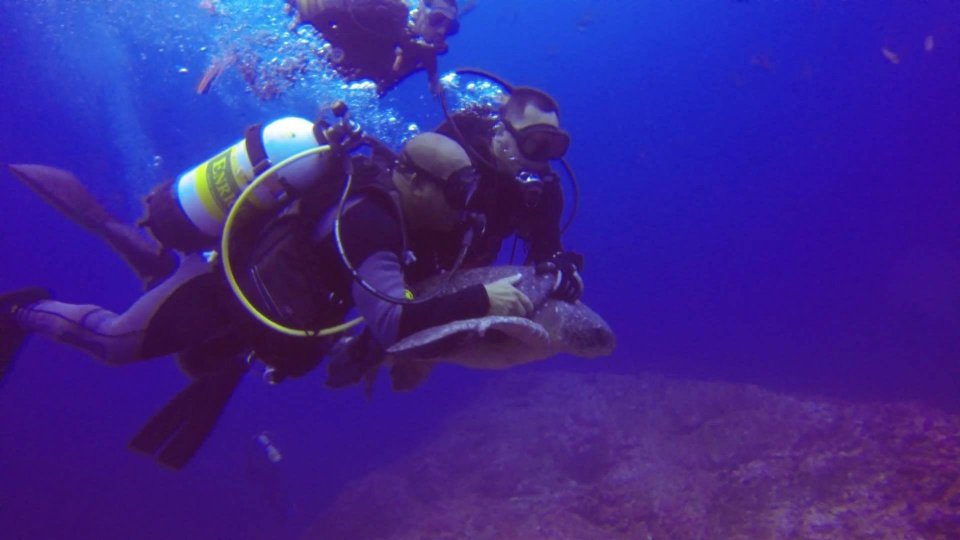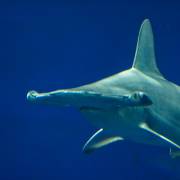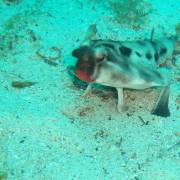Dive in Cocos Island
Diving in Cocos Island
This wonder of the Pacific Ocean raised from the depths of the sea floor through volcanic activity millions of years ago and remains to be a haven for a rich diversity of flora, fauna and marine life. Its mountains descend steeply below the surface of the sea, creating sheer walls and drop-off's from where hundreds of pelagic species can be encountered. Cocos Island is truly a scuba divers paradise, with over twenty diving sites to choose from ranging from shallow to deep, blue water and all that is in between.
Popular for its beautiful hammerhead sharks encounters, these creatures live right in the surrounding ocean and can be found easily all year round. Known for their distinctive shaped head these incredible fish are one of a kind and swimming close to them can make a breathtaking unforgettable experience. There are nine species of the hammerhead to be found so marine biologists will be in for quite a treat. Encounters with other pelagic species such as manta rays, whale sharks and humpback whales are also common.
Dirty Rock is located 550km from Costa Rica and can be accessed via liveaboard at any time of the year. Considered a suitable spot for beginners and less experienced divers to start out, a nice sheltered refuge around it is a good place to get up close to the hammerhead and whale sharks. It is made up of volcanic boulders and rock pinnacles, a short descent of 20-25m will get you right into the action with sharks and barberfish. The currents remain calm throughout the year, but can be strong during certain periods so check forecasts before attempting this dive as a novice.
More experienced divers can't leave without going to Bajo Alcyone, accessed from livaboards on Cocos Island. The number one spot for hundreds of fish and hammerheads right by your side. The whitetip reef shark, smallest of its kind can also be found cruising the waters, make sure to be prepared to tackle strong currents to catch up with marine life.
Forget about water parks, how about Dolphins and sea lions up close and personal? They are known to frequent the ocean, a short descent to the seamount top at 25m will put you in contact with charming mammals. Sea lions and Dolphins also have a history of interaction with humans making them easier to find and admire for long periods of time.
Everest is a divers paradise. Gentle currents, suitable all year round, with a depth of 45- >90m it is not to be missed. Some unusual creatures are to be found in this location such as the unique red lipped cocos batfish and brotula fish. As you move with the current a visual treat lays ahead in the form of a volcanic mountain. Due to the depths of the everest the visibility is strong enough to catch all the sights.
The best diving season is the dry season, which runs from November to May. The water temperature in the area ranges from 20 to 28ºC. The island can have some strong currents, so please check with the dive center.
With thirty species of eye-catching coral, freshwater fish, whales, a variety of bird species and more will make this an animal lovers dream.
(By Elaine O'Shea)

Travel to Cocos Island
Cocos Island is one of the National Parks of Costa Rica with a lot of history behind it. Originally a hideout for pirates, rumor has it that Treasure Island by Robert Louis Stevenson was inspired by it. Located right off the shore the deep waters of the Pacific Ocean circle this island, making it an ideal choice for deep sea divers, and those with a passion for the water. Just don’t forget to bring all the scuba gear possible including full length wetsuits, gloves, fins, torch whistle and of course an underwater camera to catch all the action as it develops. This will be a once in a lifetime experience.
Getting to the island requires a trip to San Jose. Next up is a bus ride to the coastal town of Puntarenas then the real fun begins. All that is left is a boat ride directly to the island from the mainland. This should take about thirty hours sometimes more depending on the tide. Not an easy journey for those who get sea sick so come prepared however necessary. The main thing is to enjoy the experience, it is all part of the build up to the thrills soon to come on Cocos Islands. For those particularly nervous of rough tides then choose the dry season that runs from November to May, there is more chance of a calmer ocean and waves.
Visitors are sadly not permitted to stay on the island and permission will be required by the island rangers. Due to been unable to stay overnight the best options are diving tours and charters, both of which are readily available and should be arranged before visiting the island, spaces can fill up fast. Getting around the location is easy enough and tourists can choose to simply walk by foot or bike. There are options to take a bike trip to explore the surrounding scenery and throughout the year the temperature stays around twenty four degrees Celsius. The rare seasons of rainfall occur in March and December, even during them periods the heat still remains.
For sightseers be sure to take a hike directly to the top of the island and enjoy the stunning view. The sights and smell of the surrounding ocean will be really intoxicating and get you in the mood for experiencing the real joys of this island, meeting the creatures of the deep.
(By Elaine O'Shea)
